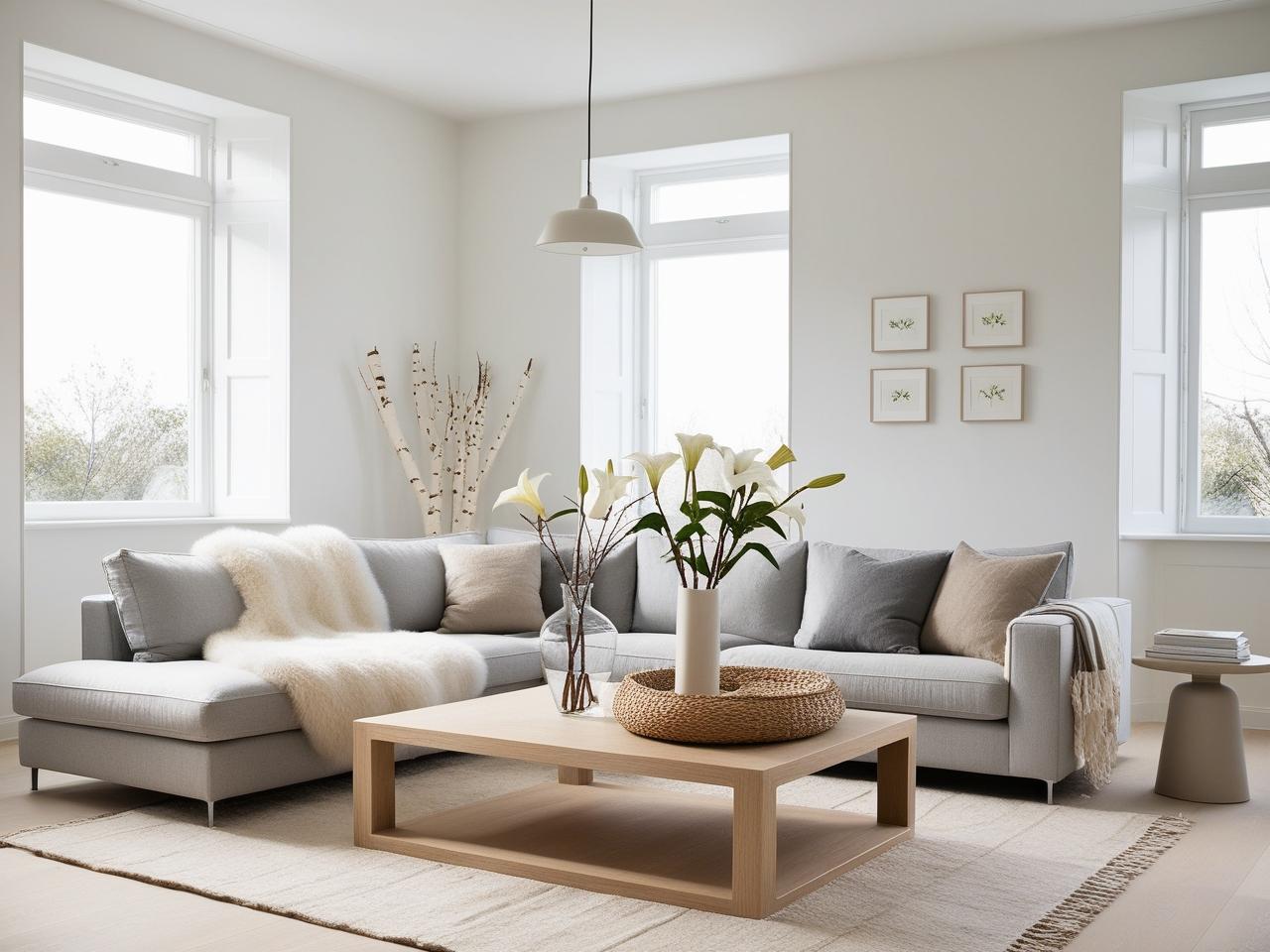Scandinavian interior design is renowned for its emphasis on simplicity, functionality, and comfort. This style, which originated in the Nordic countries of Denmark, Norway, and Sweden, has become a global phenomenon due to its ability to create spaces that are both aesthetically pleasing and cozy.
At the heart of Scandinavian design lies the concept of hygge (pronounced hoo-gah), a Danish term that encapsulates the feeling of warmth, contentment, and togetherness. This design philosophy is characterized by the use of natural materials, clean lines, and a predominantly neutral color palette, which together create a sense of calm and elegance. Whether you’re looking to revamp your living room, bedroom, or kitchen, Scandinavian interior design offers a versatile and timeless approach to creating a home that feels both modern and inviting.
1. Neutral Color Palette
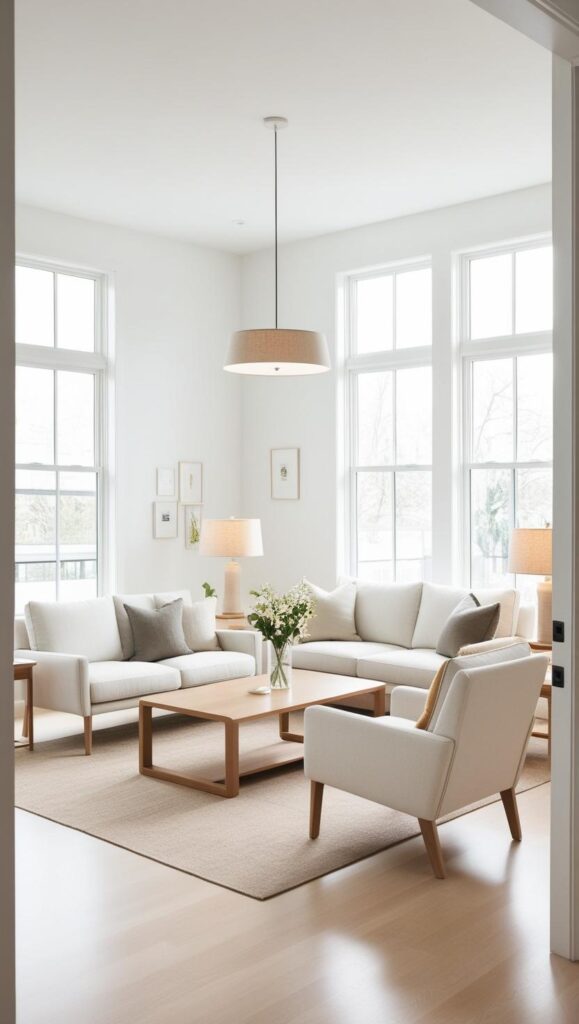
Scandinavian design often features a neutral-heavy color palette, including whites, greys, and tans, which help to create a bright and airy feel even in the darkest of winters. This palette provides a clean canvas for adding pops of color through accent pieces, ensuring that the space remains visually calm and inviting. Neutral colors also reflect light, making rooms feel larger and more spacious.
2. Warm Textiles
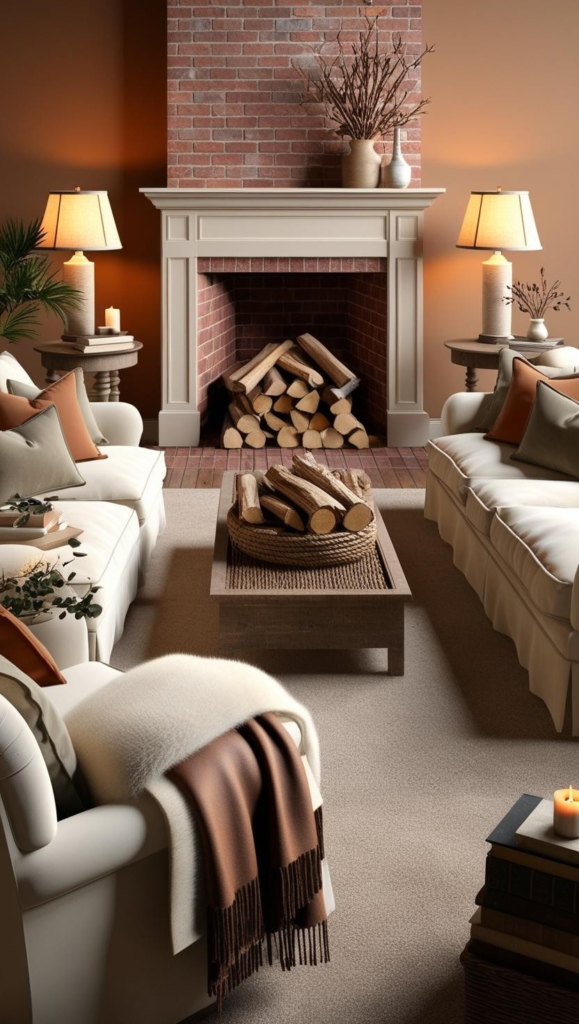
Incorporating warm textiles such as wool and sheepskin throws adds a layer of coziness to Scandinavian spaces. These materials not only provide warmth but also add texture and depth to the room, creating a welcoming atmosphere. Warm textiles are especially important in colder climates, where they help maintain a cozy feel throughout the year.
3. Minimalist Accents
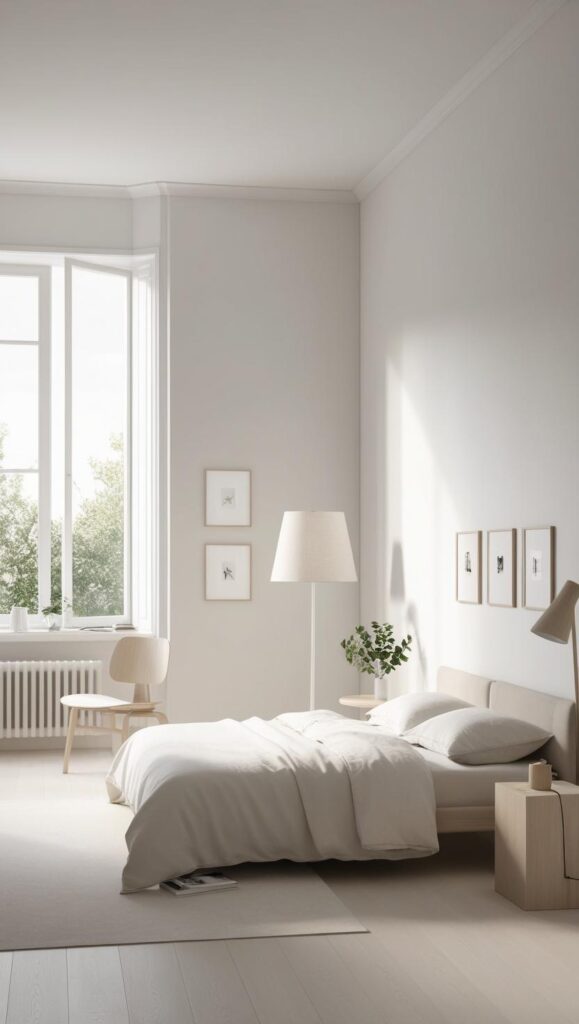
Scandinavian design emphasizes simplicity, using minimalist accents and prints to avoid clutter and maintain a clean aesthetic. This approach ensures that each piece in the room serves a purpose, contributing to a sense of calm and order. Minimalist accents also allow for easy customization, as they can be easily swapped out to update the look of the room.
4. Mix of Wood and Metallic Accents
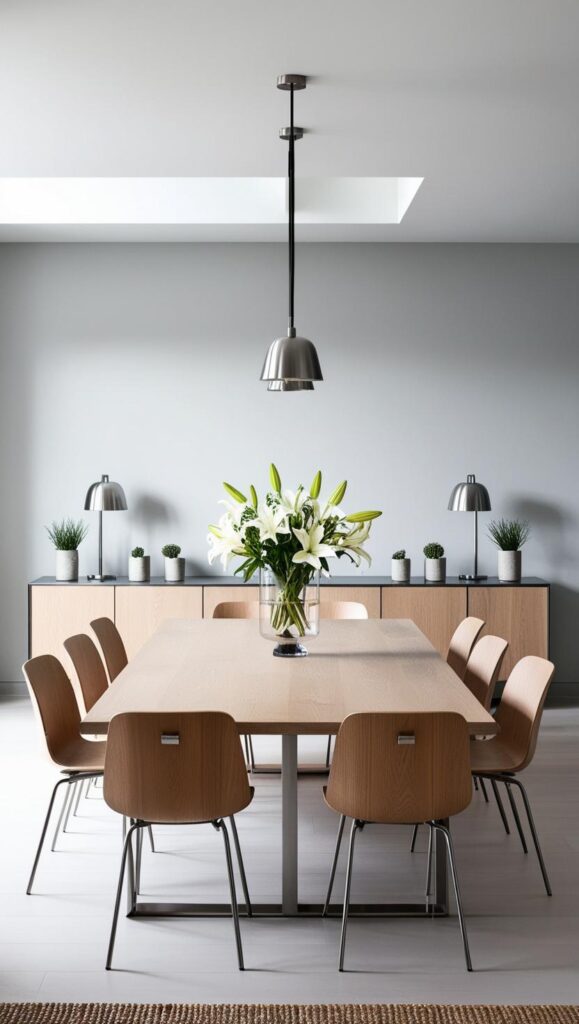
Combining wood with metallic accents adds depth and visual interest to Scandinavian spaces. This mix of materials creates a balanced look that is both modern and timeless. Wood adds warmth, while metallic accents provide a sleek, sophisticated touch.
5. Bringing in Plants
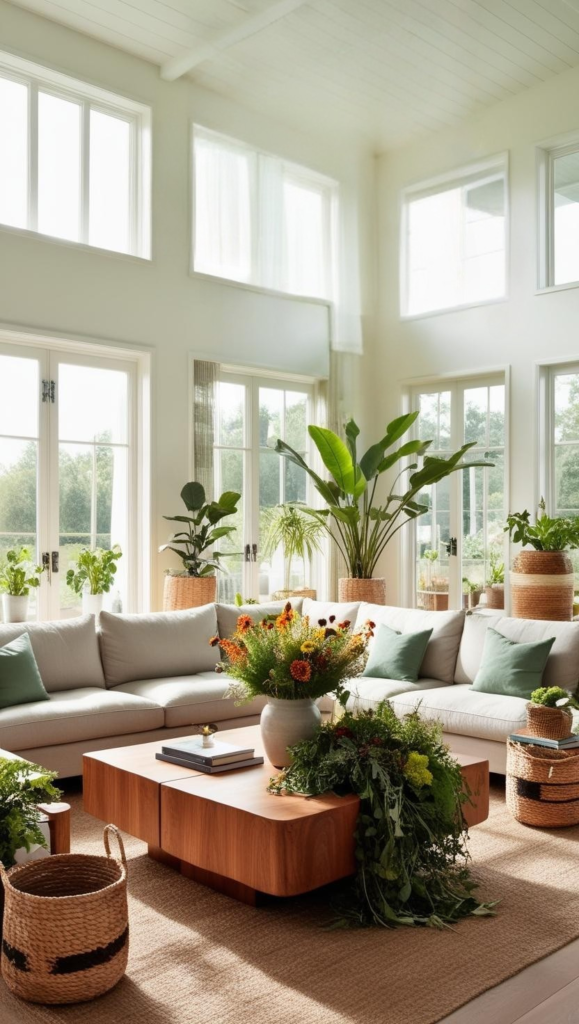
Plants are a staple in Scandinavian design, adding a touch of nature and color to otherwise neutral spaces. They help create a cozy and welcoming atmosphere, purifying the air and enhancing the aesthetic appeal of the room.
6. Concealed Storage
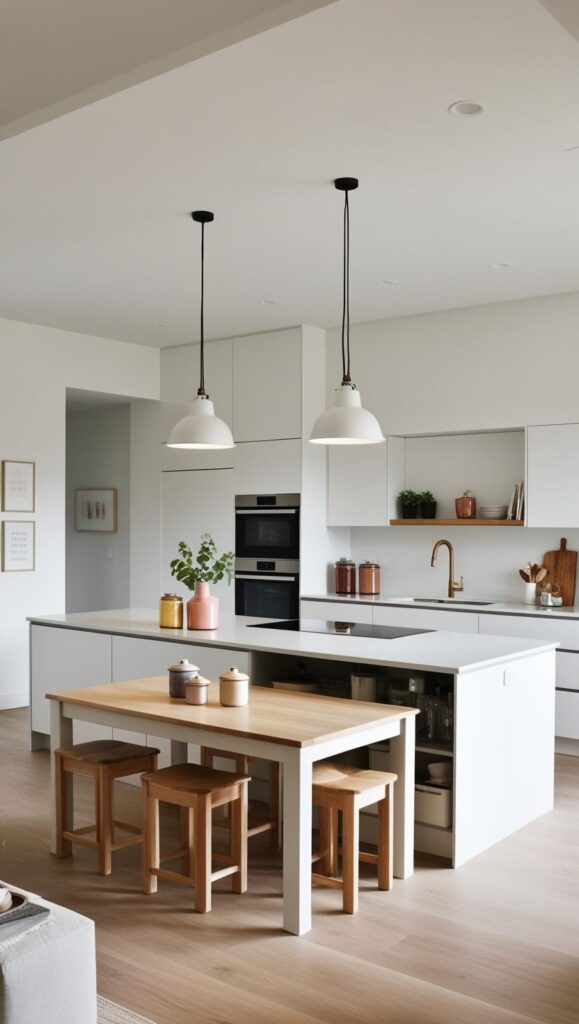
Scandinavian design often incorporates concealed storage to maintain a clutter-free environment. This approach ensures that the space remains visually clean and organized, contributing to a sense of calm and serenity.
7. Light-Colored Flooring

Light-colored flooring, such as pale wood or white tile, is a hallmark of Scandinavian design. It helps reflect light and create a sense of openness in the room, making spaces feel larger and more airy.
8. Roller or Wooden Blinds
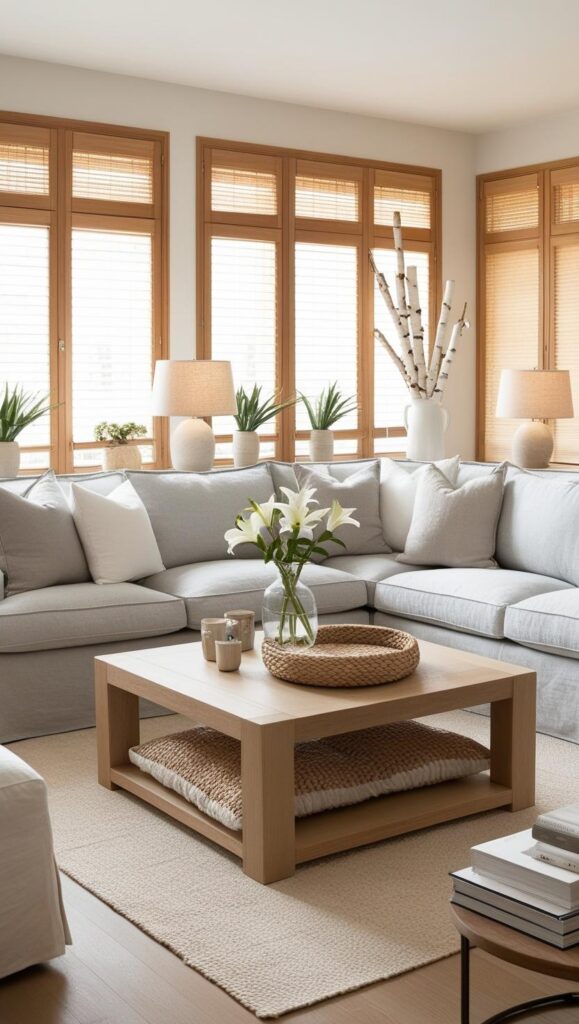
Using roller or wooden blinds allows for control over natural light, which is essential in Scandinavian design. These blinds also add a touch of warmth and texture to the room, creating a cozy and inviting atmosphere.
9. Exclusive Lighting
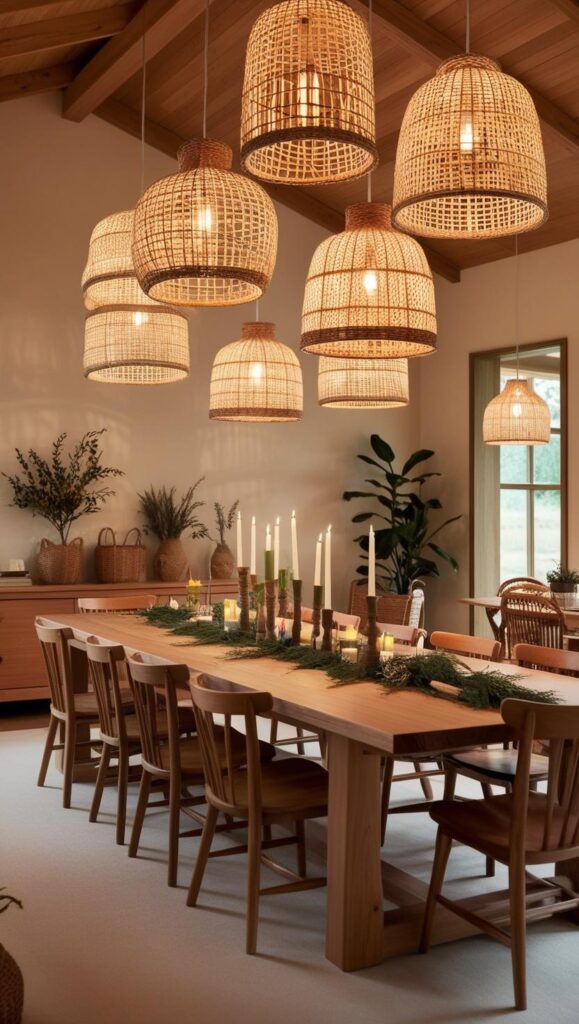
Exclusive lighting fixtures, such as cane or wicker lamps, add a unique touch to Scandinavian spaces. These pieces bring warmth and personality to the room, creating a cozy and welcoming atmosphere.
10. Shades and Contrast
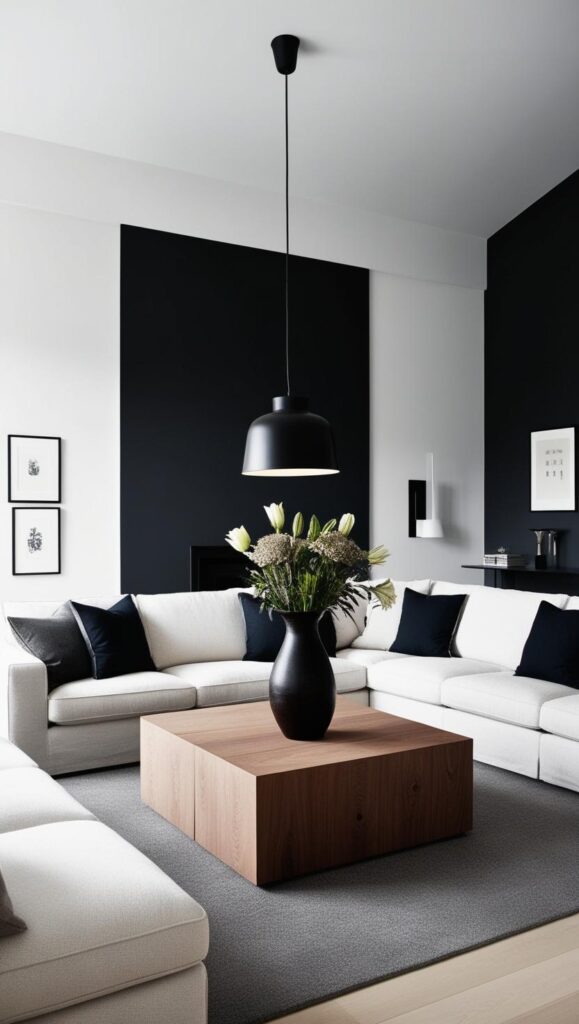
Using shades and contrast in Scandinavian design creates visual interest without overwhelming the space. This approach helps maintain a balanced aesthetic, ensuring that the room feels modern and dynamic.
11. Matching Pairs

Using matching pairs of furniture or decor adds symmetry and harmony to Scandinavian spaces. This approach creates a sense of order and balance, contributing to a calm and inviting atmosphere.
12. Playing with Curves
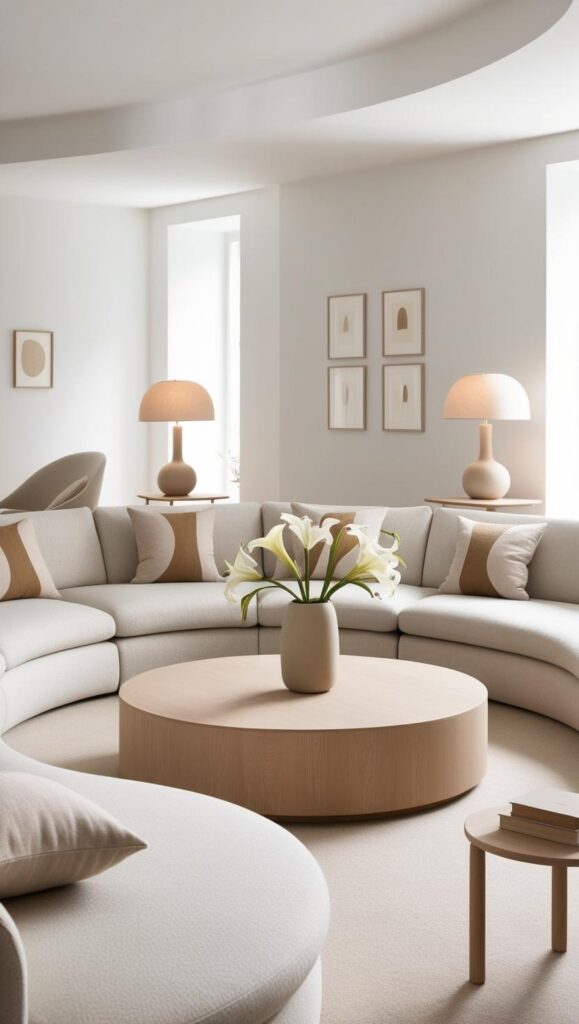
Incorporating curved lines in furniture or decor adds a touch of softness to Scandinavian spaces. This approach helps balance the clean lines typical of the style, creating a cozy and inviting atmosphere.
13. Adding Textures
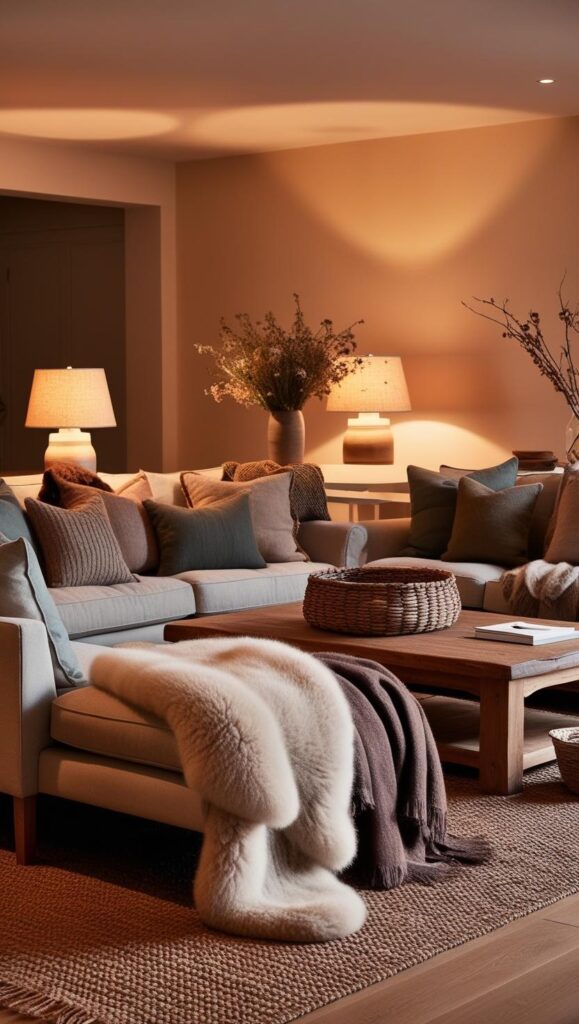
Layering different textures, such as wood, wool, and linen, adds depth and visual interest to Scandinavian spaces. This approach creates a cozy and inviting atmosphere, enhancing the tactile experience of the room.
14. Embracing Hygge

Hygge, the Danish concept of coziness, is central to Scandinavian design. It involves creating spaces that feel warm, welcoming, and conducive to relaxation. Hygge is about embracing the simple pleasures in life and creating a sense of community and warmth.
15. Bold Paintings

Incorporating bold paintings or artwork adds a touch of personality to Scandinavian spaces. This approach helps create visual interest without overwhelming the room, allowing for a balance between simplicity and creativity.
16. Adding a Fireplace
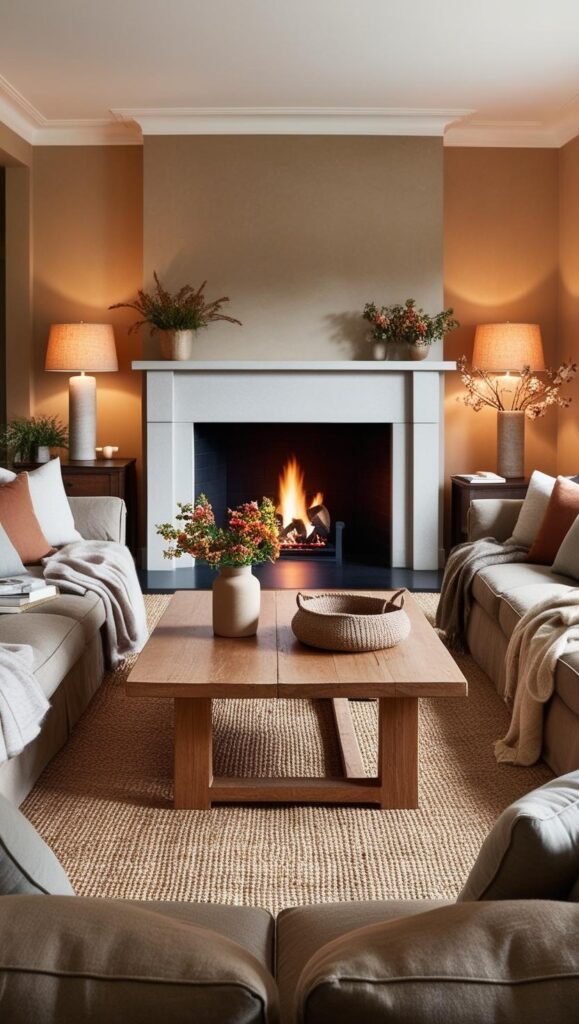
A fireplace is a cozy addition to any Scandinavian space, providing warmth and a focal point for the room. It enhances the sense of hygge, creating a welcoming and inviting atmosphere.
17. Warm Wood Types
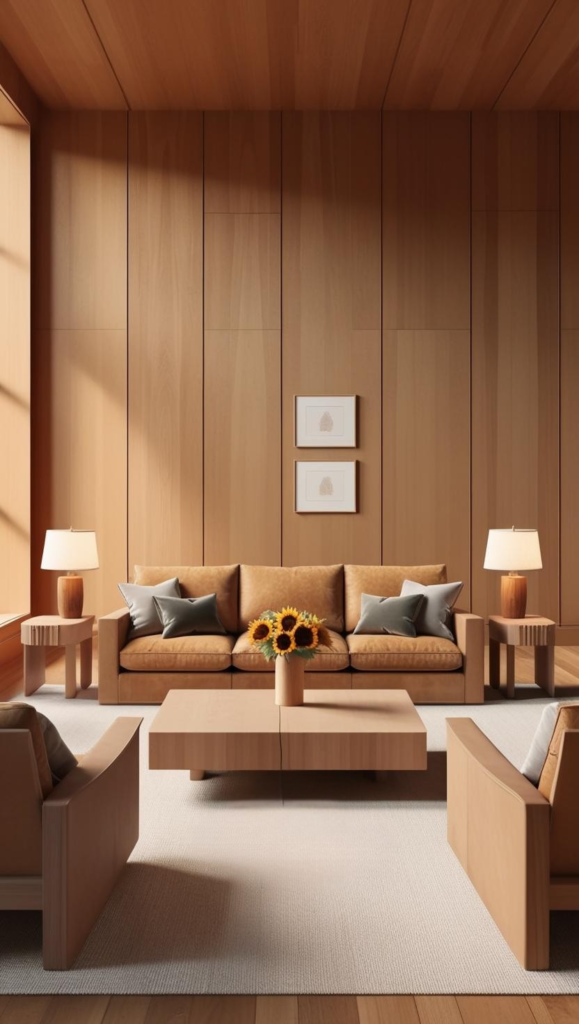
Using warm wood types, such as oak or walnut, adds depth and coziness to Scandinavian spaces. These woods complement the neutral color palette and create a welcoming atmosphere, enhancing the sense of warmth and comfort.
18. Bold Accent Colors
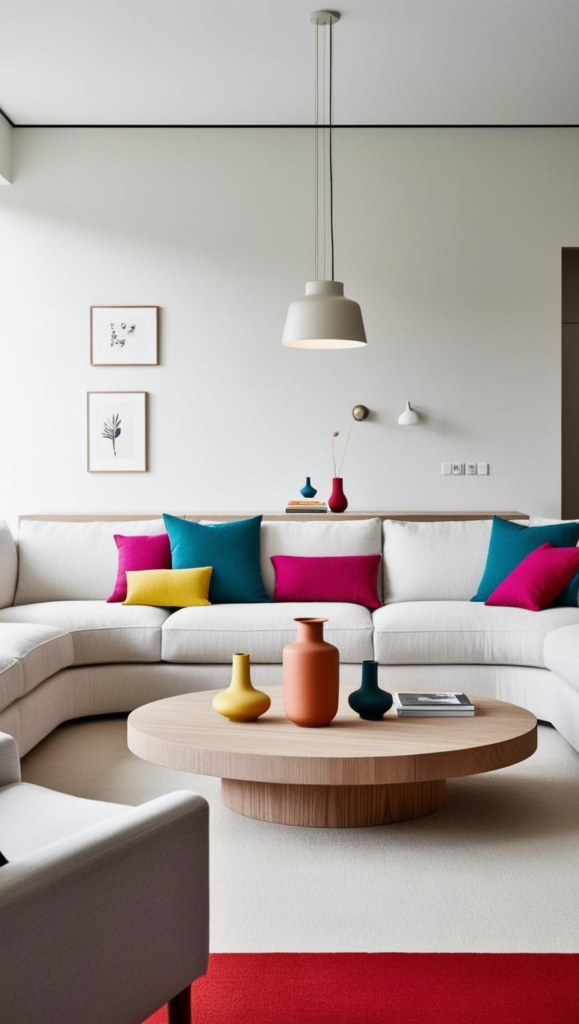
Incorporating bold accent colors, such as red or orange, adds a pop of color to Scandinavian spaces. These colors should be used sparingly to maintain the overall minimalist aesthetic, ensuring that the room remains balanced and visually appealing.
19. Mid-Century Modern Furniture

Incorporating mid-century modern furniture pieces, such as the Wishbone chair, adds a touch of sophistication and elegance to Scandinavian spaces. These pieces bring a sense of history and style, enhancing the overall aesthetic of the room.
20. Natural Fiber Rugs

Using natural fiber rugs, such as jute or seagrass, adds warmth and texture to Scandinavian spaces. These rugs help define different areas within the room and create a cozy feel, complementing the neutral color palette and enhancing the overall aesthetic.
Conclusion
Scandinavian interior design offers a timeless approach to creating spaces that are both functional and aesthetically pleasing. By embracing simplicity, natural materials, and a neutral color palette, you can transform your home into a haven of comfort and elegance.
Whether you’re drawn to the coziness of hygge or the sleek lines of modern furniture, Scandinavian design provides endless possibilities for crafting a space that reflects your personal style. As you explore these 20 ideas, remember that the essence of Scandinavian design lies in its ability to balance functionality with beauty, creating a home that feels both modern and inviting.

